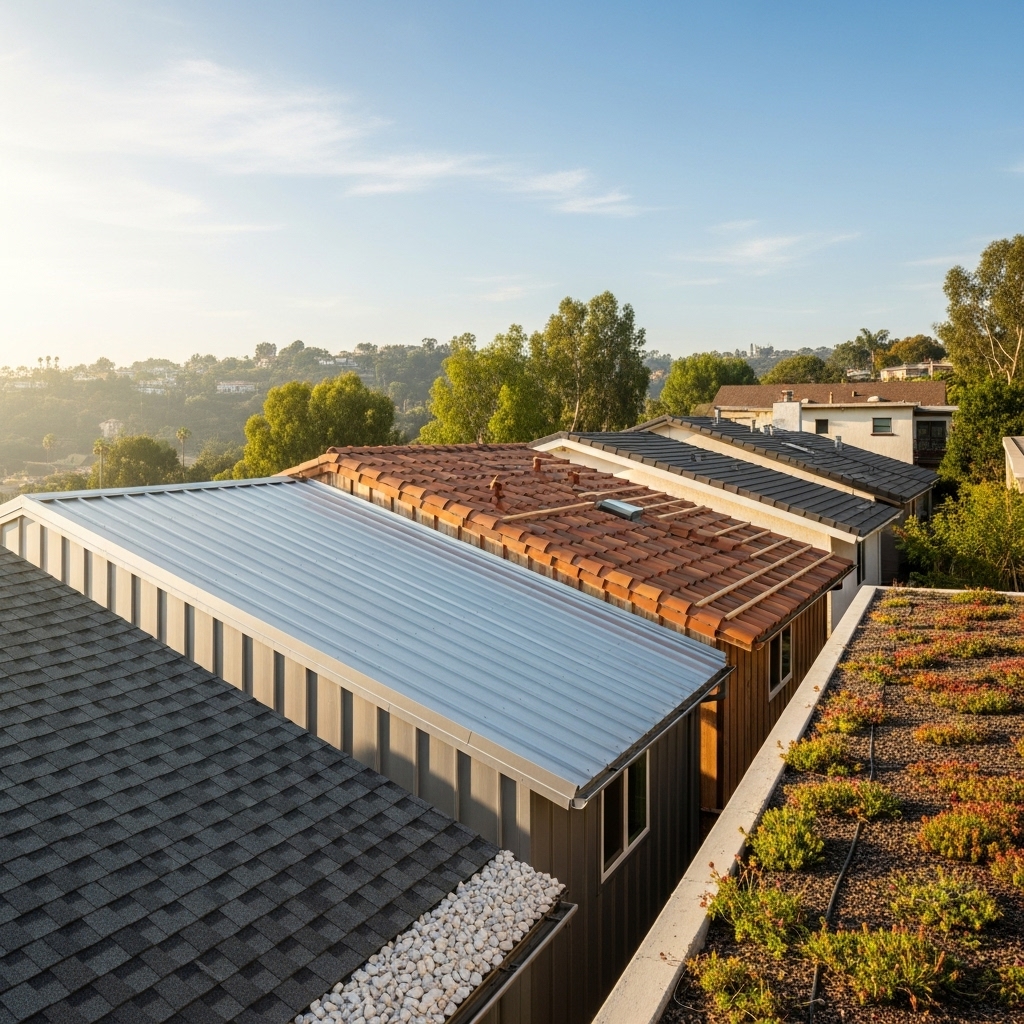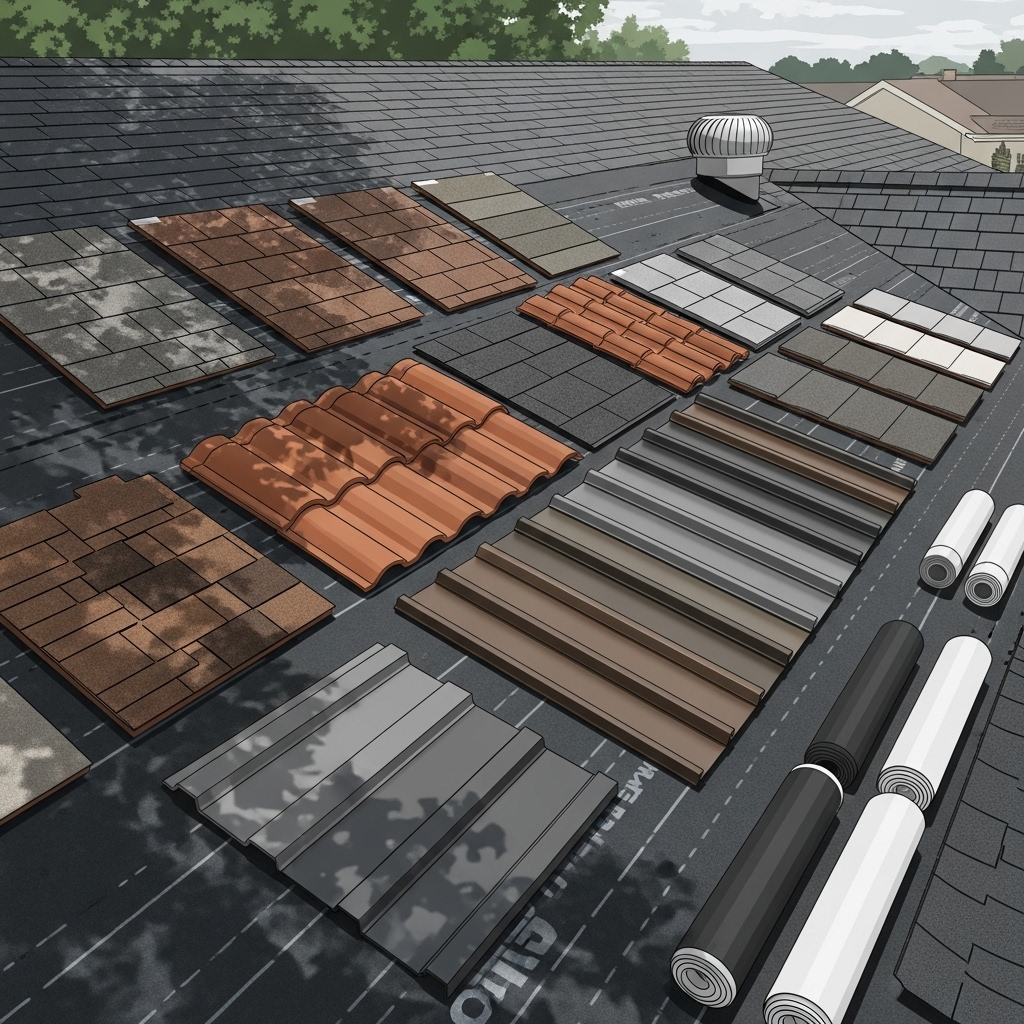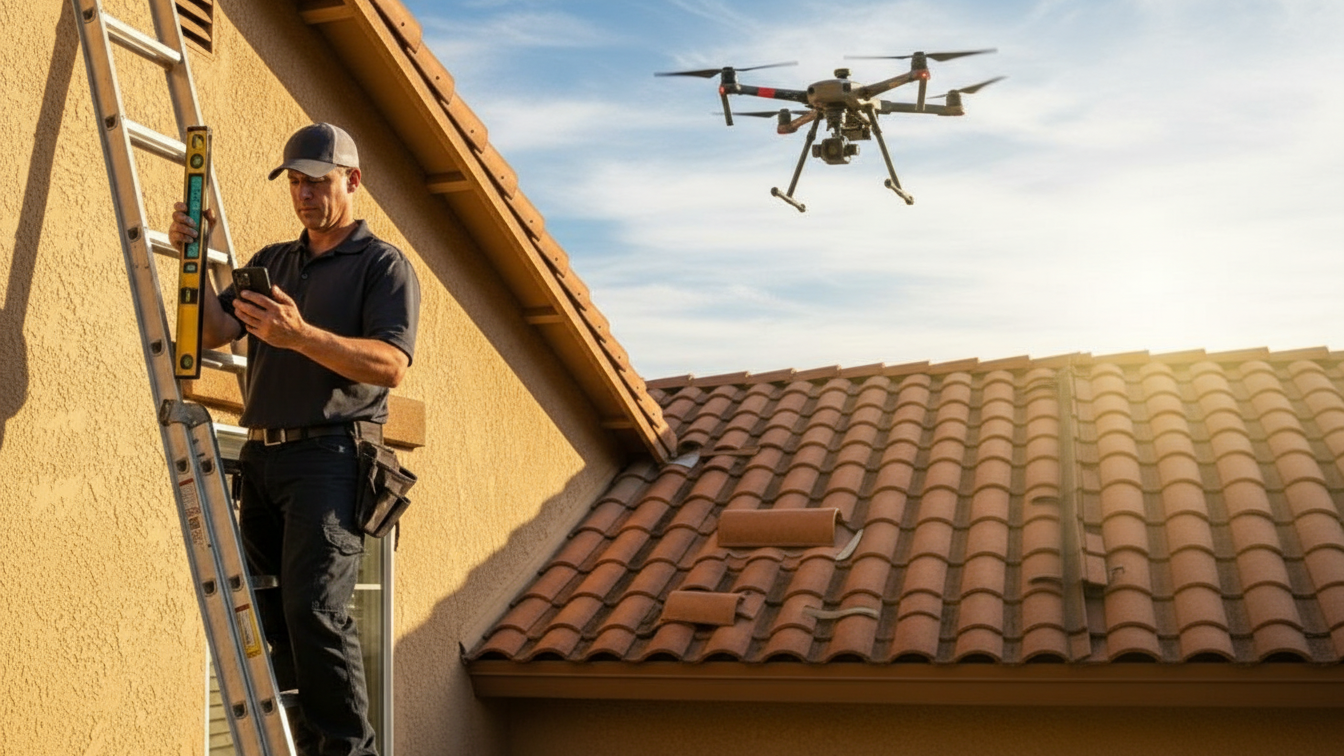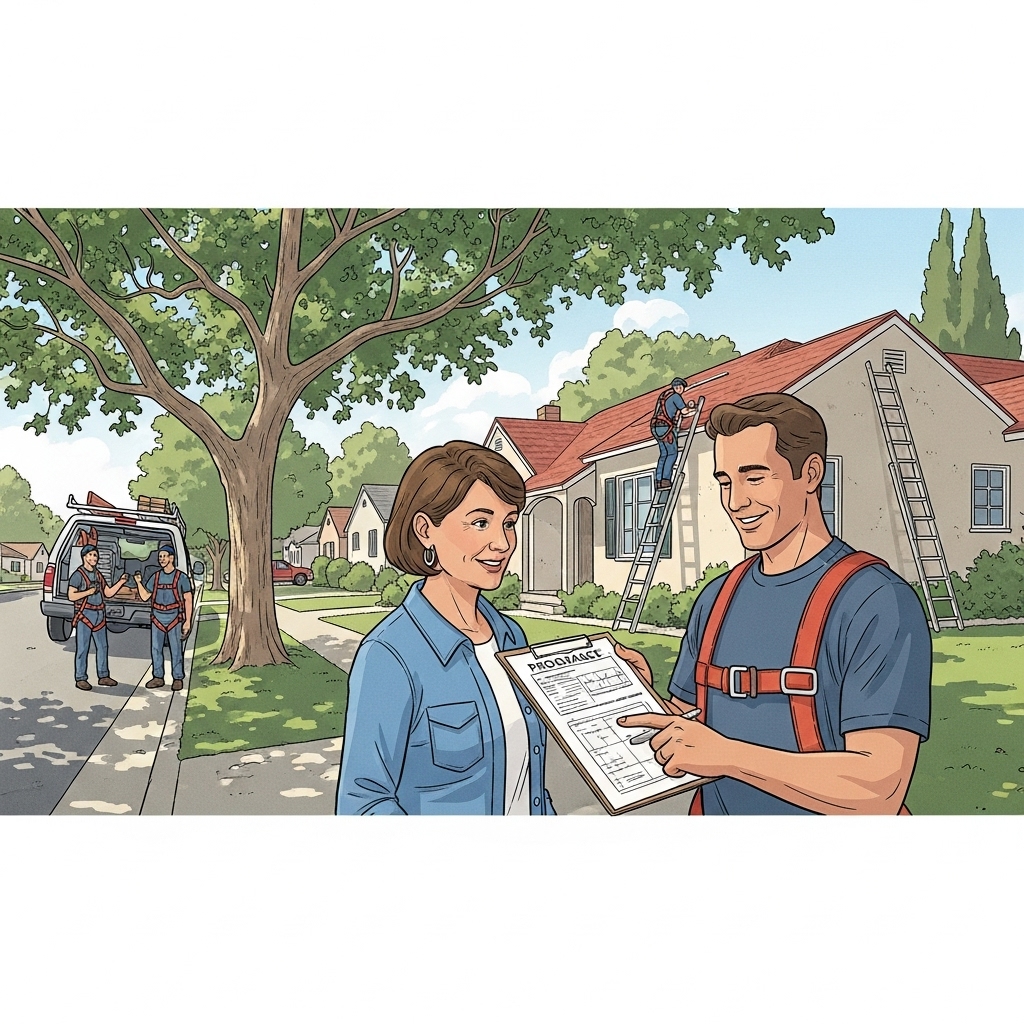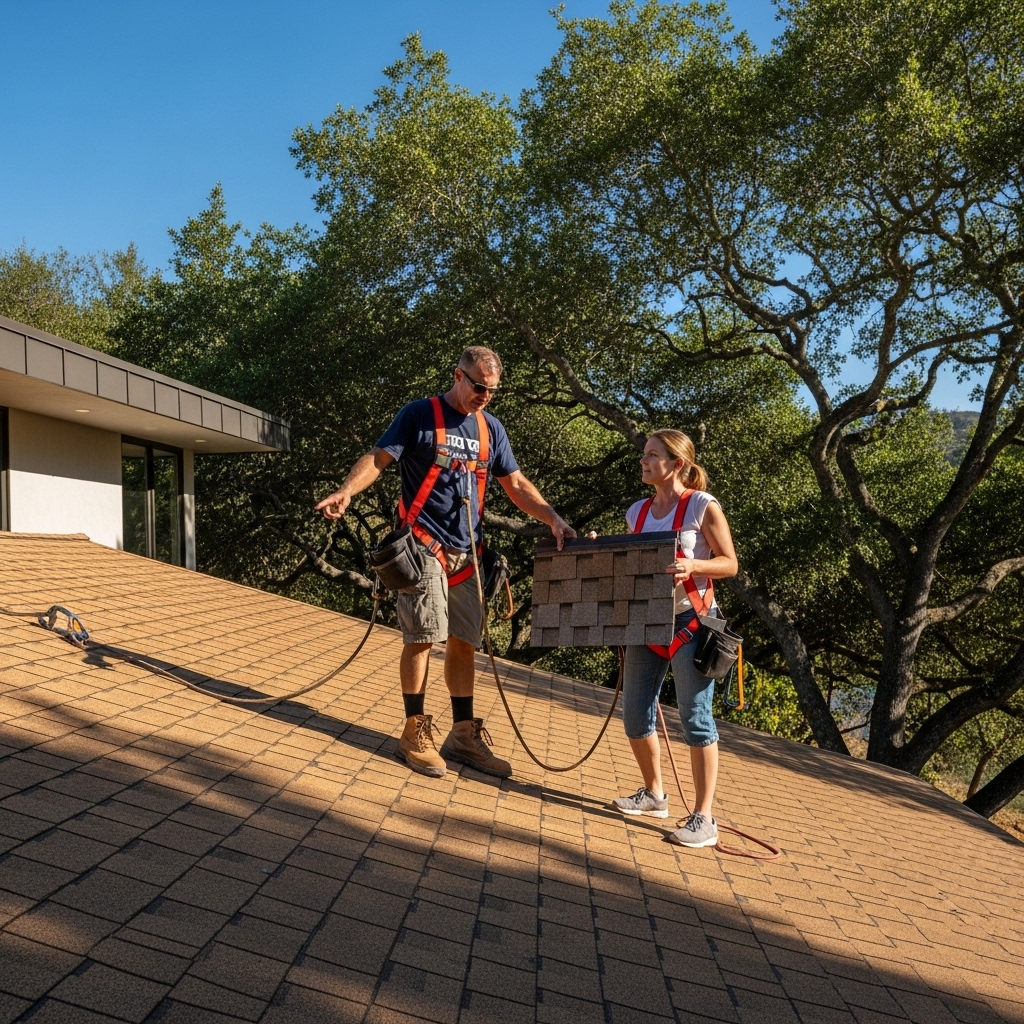When you live in Tarzana, you feel the Valley sun as soon as you step outside. Our summers are bright, dry, and relentless, and even in the shoulder seasons, roofs soak up heat that lingers in attics well into the night. That’s why the conversation about roofing materials here is inseparable from energy performance, wildfire safety, and long-term durability. Choosing the right surface isn’t just about curb appeal; it’s about comfort, resilience, and how your home stands up to our microclimate. As a local who has walked countless rooftops from Melody Acres to the hills near Mulholland, I’ve seen how well-chosen, modern materials transform indoor temperatures and reduce strain on HVAC systems. If you’re planning an upgrade, you’ll want to understand which options deliver real efficiency without compromising the look and character of your home, and where green eco-friendly roofing strategies fit into that picture.
Before diving into specific materials, it helps to frame Tarzana’s conditions. We sit in a heat-prone pocket of the San Fernando Valley, where solar exposure is intense, wildfire seasons are getting longer, and Santa Ana winds can test roof fasteners and flashing. Local codes favor cool-roof performance on many surfaces, and the public’s expectations about sustainability have grown as quickly as technology has improved. Materials that reflect sunlight, release heat quickly, and resist ember ignition don’t just meet code; they make daily life more comfortable and predictable. With the right pairing of surface and underlayment, homeowners can achieve a quieter attic, a gentler temperature gradient between floors, and a roof that rides out wind events without complaint.
Understanding cool performance in Valley conditions
When we talk about eco-forward roofing in Tarzana, we’re really talking about two intertwined qualities: solar reflectance and thermal emittance. Reflective surfaces bounce a meaningful portion of the sun’s energy back into the sky, while high-emittance materials release the heat they do absorb. Together, those traits reduce heat transfer into the attic and living space below. The best part is that modern color technologies allow richer palettes than the chalky whites of the past. You’ll see cool-rated grays, earth tones, and even deeper hues that complement Spanish, ranch, and contemporary homes without sacrificing performance.
Asphalt shingles with solar-reflective granules
For many Tarzana homeowners, reflective asphalt shingles are the most approachable way to go greener. Manufacturers engineer the granules to increase solar reflectance, so the shingles look familiar but behave differently under the sun. On a properly ventilated roof, this change alone can tame attic temperatures to a noticeable degree. When I assess shingle candidates for local projects, I also look at underlayments. High-performance synthetic underlayment and, in certain zones, self-adhered membranes at eaves and valleys add resilience against wind-driven rain and improve the assembly’s airtightness. Pairing these layers with a cool shingle is a straightforward path to lower heat gain in the Valley’s long summer.
Metal roofing for reflectivity and longevity
Metal—particularly standing seam aluminum or steel—has become a favorite on modern and transitional homes across Tarzana. It’s lightweight compared to tile, inherently recyclable, and capable of very high solar reflectance indexes when finished with cool pigments. In wildfire-prone zones, a properly detailed metal system with ember-resistant venting is a reassuring choice. The long, continuous seams minimize failure points, and the smooth surface sheds debris and dries quickly after a rare rain. I always remind clients that the sound profile of today’s metal roofs over insulated decks is pleasantly quiet, nothing like the tinny impression many people hold from older buildings. With careful flashing around skylights and solar mounts, metal can be both efficient and striking.
Clay and concrete tile for classic Valley character
Drive through the neighborhoods off Ventura Boulevard and you’ll see clay and concrete tile defining the look of many streets. These materials remain a smart, eco-aware option when selected in cool-rated finishes and installed over battens that create natural airflow beneath the tile. That ventilation layer acts like a thermal break, reducing conductive heat transfer to the deck. Tile’s mass also stabilizes temperature swings, which helps on those days when the mercury spikes and then the evening breeze rolls in. In wildfire conversations, Class A rated tile assemblies with the correct bird-stop details and closed eaves perform well, keeping embers from finding their way into hidden cavities.
Modern composites and recycled-content options
Sustainable materials aren’t limited to the classics. Composite shingles made with recycled content or advanced polymers can mimic slate or shake while delivering lighter weights and improved fire ratings. For Tarzana homes where structural loads are a concern—especially older houses that might not have been engineered for heavy tile—these composites offer an attractive, efficient alternative. Their performance hinges on exacting installation: clean lines, secure fasteners, and precise flashing details that won’t open up in a wind event. When combined with cool-color technology, composites can contribute to a greener envelope without straying from a traditional aesthetic.
Flat and low-slope solutions: TPO, PVC, and reflective cap sheets
Many Valley houses, especially mid-century and contemporary designs, have low-slope sections over additions or garages. In these areas, single-ply membranes like TPO and PVC shine. They’re inherently reflective, heat-welded at seams, and lightweight. Modified bitumen systems with a reflective cap sheet are another reliable choice when the design calls for them. The key in Tarzana is meticulous substrate preparation and drainage management, because ponding water accelerates any roof’s aging. Adding tapered insulation to guide water to scuppers and installing robust flashing at parapets and penetrations makes a world of difference in long-term performance.
Vegetated roofs in a drought-conscious city
Green roofs draw a lot of attention, and for good reason: properly designed systems insulate, absorb stormwater, and soften the built environment. In our drought-prone climate, they demand careful selection of drought-tolerant plants and smart irrigation that prioritizes efficiency and reuse. Not every Tarzana structure is a candidate, because saturated weights must be engineered and fire considerations addressed. But where the architecture and framing allow, a light, extensive assembly can create a cooling microclimate above living areas and blend beautifully with surrounding canopies. It’s important to coordinate membrane choice, root barriers, and maintenance plans from the outset.
Underlayments, ventilation, and the hidden layers that matter
Whatever material you see from the curb, what’s beneath it often defines the roof’s efficiency. I emphasize air-sealing and balanced ventilation on every project. Continuous ridge exhaust paired with well-protected intake, or equivalently engineered alternatives for homes without ridge lines, helps exhaust trapped heat. In wildfire zones, ember-resistant vents are a must. Radiant barriers and deck-level insulation can also reduce heat flow into the home, creating a quieter, calmer interior during peak afternoons. These details are rarely noticed by passersby, but you’ll feel their effect every time the Valley turns up the thermostat.
Some homeowners ask how to trust that they’re getting the most from their roof choice. Mid-project field checks, manufacturer-aligned specifications, and local experience are the safeguards. Tarzana’s sunlight is unforgiving, and materials that look similar on paper can behave differently on our blocks. Pilot sections, attic temperature spot checks, and infrared scans on low-slope structures help verify that assemblies are doing their job. In the middle of planning, it’s also the perfect moment to evaluate gutters, downspouts, and overflows so that the rare heavy storm won’t undermine all that high-performance work. These details round out a package of genuinely green roofing solutions that respect both the house and the neighborhood.
Fire resilience without sacrificing design
Wildfire risk is a fact of life on the Valley’s edge, and good roofing is part of a larger defensible space strategy. Class A assemblies, sealed eaves, metal-edge details, and noncombustible gutters limit the places embers can land and smolder. The right material choice doesn’t mean compromising your home’s visual language. Cool-rated tile, color-rich metal, and reflective shingles all come in profiles that harmonize with Spanish, ranch, and contemporary designs. It’s less about choosing a single material and more about specifying a system that counteracts embers and heat while honoring your architecture.
Neighborhood character and HOA conversations
Tarzana’s streets are diverse, and many homes fall under HOA oversight. I’ve found that early conversations focusing on color, texture, and glare calm worries about reflective materials. Samples and mockups in natural light help decision makers see that cool palettes can be subtle and refined. When boards understand that these selections reduce heat islands and improve comfort without creating mirror-like surfaces, approvals come faster and with more enthusiasm. It’s a win for individual homeowners and for the neighborhood’s microclimate during those still, hot evenings.
Longevity, maintenance, and what to expect year to year
Eco-friendly does not mean delicate. The materials discussed here are built for decades of service, and their care is straightforward: seasonal debris removal, quick attention to wind-tossed branches, and inspections after strong Santa Anas. On low-slope roofs, keeping drains and scuppers clear is the simplest way to extend life. On pitched roofs, a look at flashing after a rare downpour provides peace of mind. The cleaner you keep the surface, the better its reflectivity remains, and the more consistent your indoor comfort feels across the seasons.
Bringing it all together for a Tarzana home
In the end, selecting a roofing material for a Tarzana property is a balancing act between aesthetics, performance, and resilience. The good news is that modern options allow you to hit all three targets. Whether you lean toward a standing seam profile for a hillside contemporary, a cool concrete tile for a classic ranch, or a reflective shingle for a quiet cul-de-sac, the path forward is clear. Start with your home’s architecture and solar exposure, consider wildfire and wind realities, and then build a system from deck to ridge that manages heat intelligently. That’s how a roof becomes more than a shield; it becomes part of the home’s comfort ecosystem.
FAQ: Green roofing materials for Tarzana
What makes a roofing material eco-friendly in Tarzana? In our climate, it’s primarily about reflecting sunlight, releasing absorbed heat, and resisting fire. Materials with cool pigments, high emittance, and Class A ratings, paired with airtight underlayments and balanced ventilation, deliver measurable comfort and durability gains.
Are cool roofs only available in light colors?
No. Today’s cool-color technologies let manufacturers produce grays, tans, and even deeper shades that still achieve strong reflectance targets. You can keep a traditional or modern palette without defaulting to bright white.
Will a metal roof be noisy during rain or wind?
Installed over insulated decks and modern underlayments, metal roofs are quiet. The old image of noisy tin is outdated; in a properly built assembly, sound transmission is controlled, and the roof feels solid during Valley winds.
Can I install a vegetated roof in Tarzana’s drought conditions?
It’s possible with drought-tolerant plantings, efficient irrigation, and structural engineering that accounts for saturated weight. Not every home is a candidate, and fire and maintenance planning must be part of the design from day one.
Do reflective shingles really make a difference?
Yes. Reflective granules and modern underlayments reduce attic temperatures, which you’ll notice in more stable indoor comfort and less demand on cooling equipment during heat waves.
How does wildfire resilience factor into material choice?
Class A assemblies, ember-resistant venting, sealed eaves, and noncombustible edges reduce ignition pathways. Tile, metal, and many modern shingles can be part of a fire-smart package when detailed correctly.
If you’re ready to explore finishes, profiles, and assemblies that fit your home and our Valley climate, reach out for guidance that turns options into a plan. Let’s talk about colors, ventilation, and underlayments that will keep your rooms cooler and your roof safer for decades, and schedule a visit to evaluate your current deck and attic. To get started with trusted, local expertise in eco-friendly roofing services, call today and we’ll map the path from concept to a beautifully executed roof in Tarzana.

